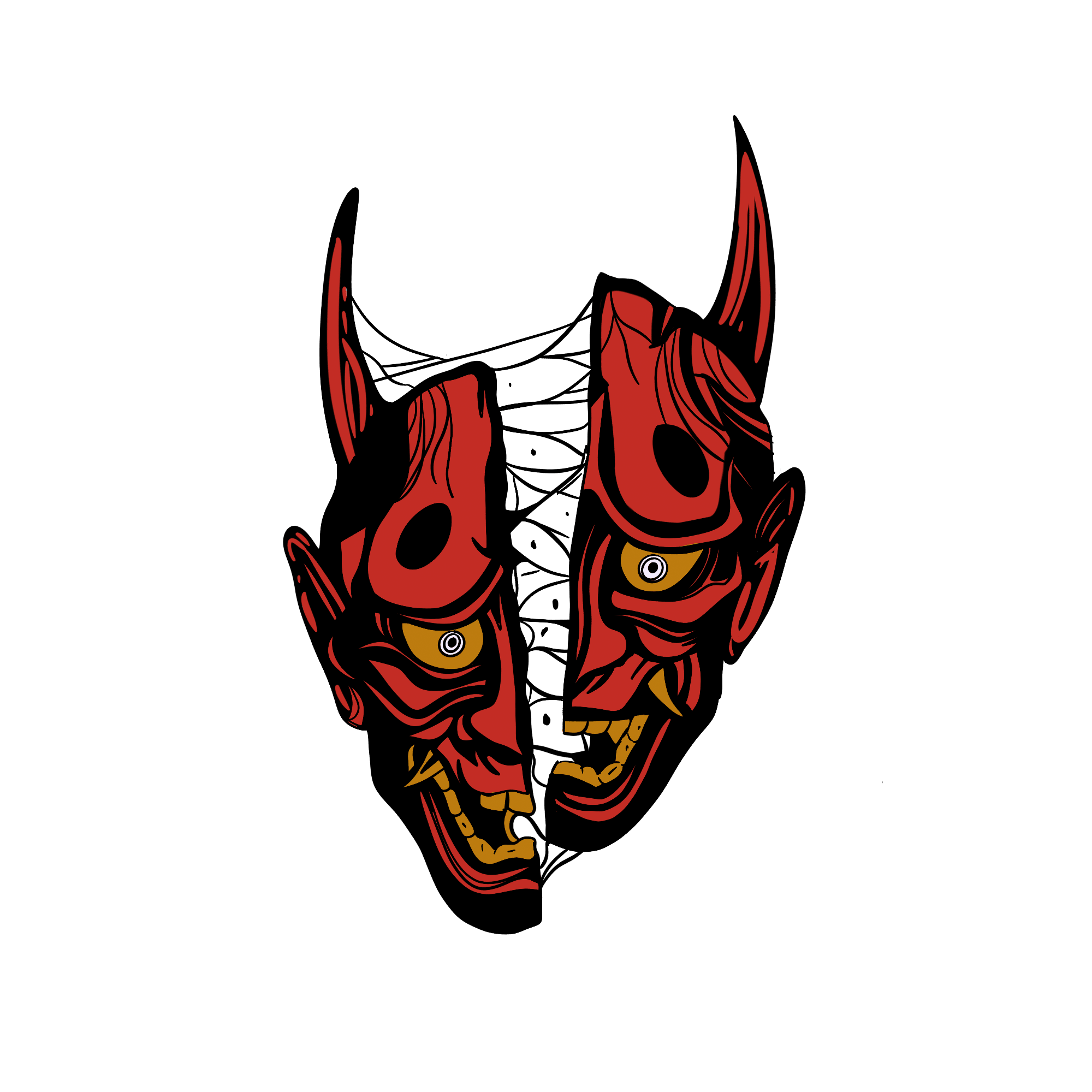Afrasiab Scythian Demon


Deep within the annals of ancient Scythian mythology lies the enigmatic and feared figure of Afrasiab, a powerful demon whose name still sends shivers down the spines of those who delve into the mystic lore of this nomadic warrior culture. The Scythians, known for their mastery of the steppes and their rich tapestry of beliefs, regarded Afrasiab as both a malevolent force and a symbol of the unknown.
Before we delve into the story of Afrasiab, it is essential to understand the context in which this demon emerged. The Scythians were an ancient nomadic people who roamed the vast Eurasian steppes from around the 9th century BCE to the 4th century CE. They were skilled horsemen, formidable warriors, and possessed a unique and complex belief system that blended elements of shamanism, animism, and polytheism.
Afrasiab, often referred to as an "evil spirit" or "demon," was a central figure in Scythian mythology. The name "Afrasiab" itself is derived from the Old Persian word "fras," meaning "to resist," and "ayab," meaning "hostile." Thus, Afrasiab was seen as a hostile and malevolent force, an embodiment of chaos and destruction.
The legends surrounding Afrasiab vary, but some common themes emerge. He was often depicted as a shape-shifter, capable of assuming different forms to deceive and terrorize his victims. He was said to possess the power to manipulate the elements, unleashing storms, floods, and other natural disasters upon those who invoked his wrath. Afrasiab was also associated with the corruption of human souls, leading individuals down a dark and destructive path.
While Afrasiab was feared, he was also an integral part of Scythian society. The Scythians believed that this demon was responsible for both chaos and renewal, a concept central to their cyclical worldview. In this sense, Afrasiab played a dual role, embodying both destruction and transformation.
Evidence of Afrasiab's significance in Scythian culture can be found in their art and artifacts. Scythian burial mounds, known as kurgans, often contained intricate gold jewelry and artifacts depicting scenes from their mythology. Afrasiab was frequently represented in these pieces, sometimes as a monstrous figure with multiple heads or as part of elaborate battle scenes.
With the decline of the Scythian civilization in the 4th century CE, much of their mythology and culture faded into obscurity. However, the legend of Afrasiab continued to cast a long shadow over the region. Later cultures in the region, such as the Sarmatians and the Alans, were also influenced by Scythian beliefs, keeping the memory of Afrasiab alive.
Afrasiab, the Scythian demon of legend, remains a captivating and mysterious figure in the annals of ancient mythology. As an embodiment of chaos and renewal, he symbolized the dual nature of existence for the nomadic Scythians. While Afrasiab may have faded into the mists of time along with his creators, his legacy lives on as a testament to the rich and complex belief system of this ancient warrior culture.
Demons



